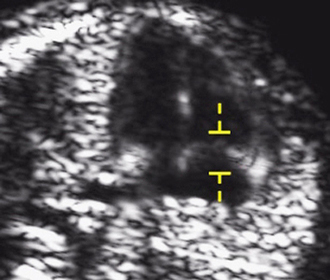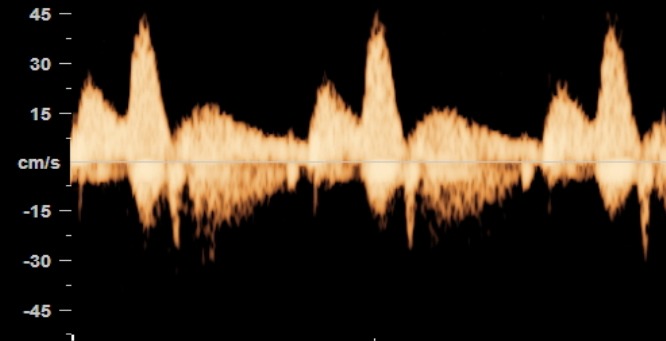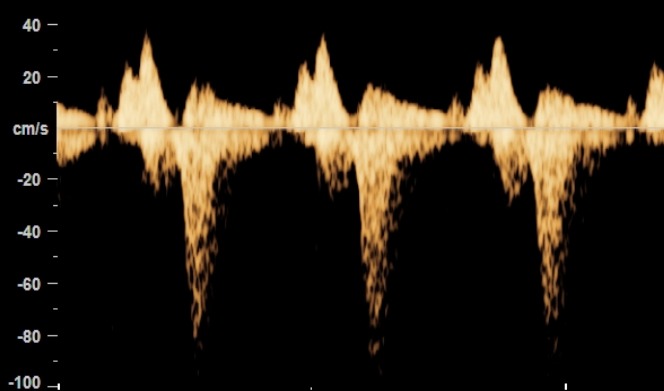FMF Certification
Tricuspid flow
Tricuspid regurgitation at 11-13 weeks’ gestation is a common finding in fetuses with trisomies 21, 18 and 13 and in those with major cardiac defects. Tricuspid regurgitation is found in about 1% of euploid fetuses, in 55% of fetuses with trisomy 21 and in one third of fetuses with trisomy 18 and trisomy 13. Inclusion of tricuspid blood flow in first-trimester combined screening improves the detection rate for trisomy 21 from about 90% to 95% for a false positive rate of 3%. Assessment of tricuspid flow need not be carried out in all pregnancies undergoing routine first-trimester combined screening. Such examination could be reserved for the 15% of the total population with an intermediate risk (between 1 in 51 and 1 in 1000) after combined testing.
Requirements for certification
The requirements for obtaining the FMF certificate of competence in assessment of tricuspid flow are:
- Attendance of the internet based course on the 11-13 weeks scan.
- FMF certification in measurement of nuchal translucency.
- Successful completion of a short online test in which you will be asked to examine images on assessment of tricuspid flow.
- Submission of a logbook of 3 images showing correct assessment of tricuspid flow.
Protocol for assessment
- The gestational period must be 11 to 13 weeks and six days.
- The magnification of the image should be such that the fetal thorax occupies most of the image.
- An apical four-chamber view of the fetal heart should be obtained.
- A pulsed-wave Doppler sample volume of 2.0 to 3.0 mm should be positioned across the tricuspid valve so that the angle to the direction of flow is less than 30 degrees from the direction of the inter-ventricular septum.
- Tricuspid regurgitation is diagnosed if it is found during at least half of the systole and with a velocity of over 60 cm/s, since aortic or pulmonary arterial blood flow at this gestation can produce a maximum velocity of 50 cm/s.
- The sweep speed should be high (2-3 cm/s) so that the waveforms are widely spread for better assessment.
- The tricuspid valve could be insufficient in one or more of its three cusps, and therefore the sample volume should be placed across the valve at least three times, in an attempt to interrogate the complete valve.
Assessment of tricuspid flow

Normal tricuspid flow

Tricuspid regurgitation

Quality review and ongoing certification
- Sonographers who have obtained the Certificate of competence in the assessment of tricuspid flow need to pass an audit on an annual basis.
- The audit involves (a) successful completion of a short online test in which you will be asked to examine images on assessment of tricuspid flow and (b) submission of a logbook of 3 images showing correct assessment of tricuspid flow.
- The date and time of the scan should always be clearly visible on each submitted image. If possible, please also include the name of your hospital. Cases older than the last audit will not be accepted.
- Sonographers who pass their audit will receive renewal of their licence for one year and their name will be published on the FMF website list of holders of the Certificate of competence in assessment of tricuspid flow.
- Sonographers who fail their audit will not receive renewal of their licence and their name will be removed from the FMF website list of holders of the Certificate of competence in assessment of tricuspid flow.
